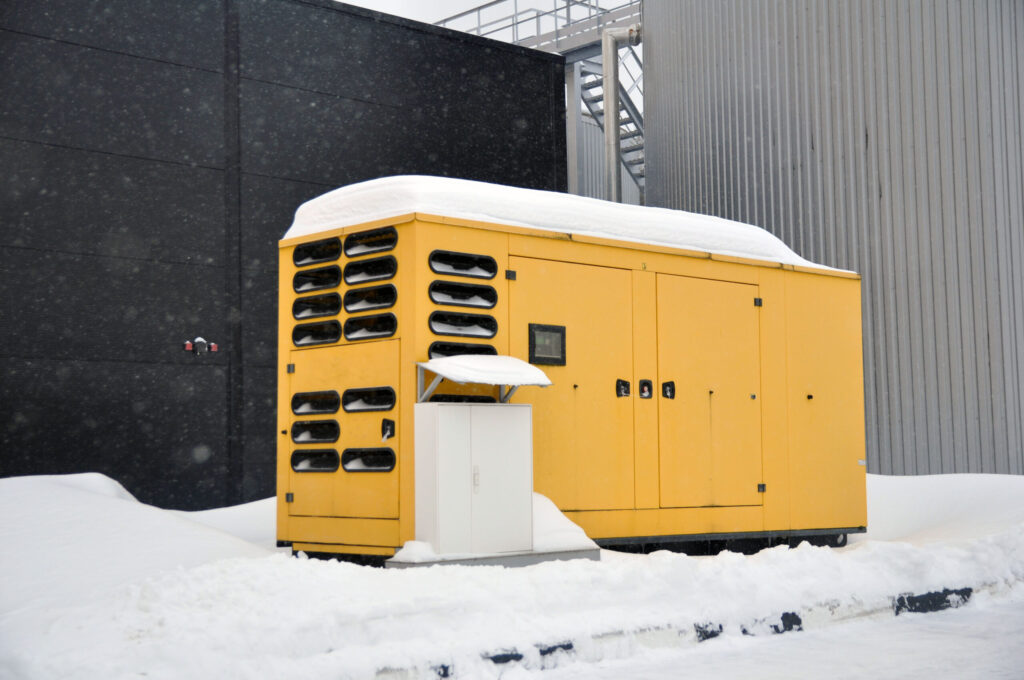Generator brands such as Kohler can withstand various weather conditions. However, generators become less efficient when exposed to freezing temperatures, and some become nonfunctional.
While there is some logical explanation for the drop in generator efficiency, the most important is to find ways to mitigate the effects of freezing temperatures. Here are some generator maintenance tips for winter that can help your power machine run throughout the winter with fewer troubles.
Stabilize Your Generator Fuel
Gasoline has a noticeably short shelf life of about 30 days. To protect your generator engine from damage, you must store it with stabilized fuel. Drain the existing fuel and fill the tank with stabilized one.
Ensure the tank is filled up to prevent the accumulation of moisture that could lead to rust, among other damages. Stabilizers keep the fuel fresh, thus eliminating the need for fuel rotation in prolonged storage. A stabilized fuel can last up to 24 months.
Check Batteries and Charger
Battery deterioration and charger failure are potential reasons for a generator’s inability to start and function efficiently. As the battery ages, its internal components degrade, reducing its ability to start the engine. To prevent battery failures, monitor the battery’s water levels, clean and tighten the battery terminals, check voltage, and run the machine frequently.
On the other hand, charger failures can be caused by a simple breaker being left open or tripped. In this case, ensure the battery charger breaker is always turned on after your maintenance routine.
Change the Generator Oil
All diesel or gasoline engines require clean oil to run efficiently. To maintain optimal engine performance, you must change the oil and filters at an interval of 50 hours for oil and 100 hours for filters. Luckily, some generators are automated to shut down when the oil levels drop too low, but not all. If your generator doesn’t have this feature, regular monitoring of the oil level is essential to prevent damage such as engine parts failure, parts jamming, or fusing.
Consider Regular Inspections and Maintenance
You wouldn’t risk waiting for winter with a generator for which you are unsure of its condition. Instead, you should conduct regular checks on oil and fuel to ensure your general is efficiently lubricated and running. You should also inspect the replaceable parts of your generator, such as the carburetor, fuel filter, air filter, and spark plug, to ensure they are in perfect condition. Replace the degraded part to avoid failures amid winter.
Switch to Transfer Switch
A transfer switch is a crucial electrical device that allows your generator to power your appliances through the existing home wiring. When activated, a transfer switch isolates the generator’s power from the utility lines, thus protecting the generator. In other words, it prevents the utility and generator power from sharing the household circuits simultaneously.
Another benefit of switching to a transfer switch is eliminating the need for numerous extension cables and the possibility of back-feeding. While a manual transfer switch serves the purpose, an automated transfer switch could be the most suitable during winter.
Conclusion
A backup generator is not for convenience but a necessity, especially during winter. However, having a nonfunctioning generator when you need it most will be useless. Keep your generator in its best condition if you want optimal performance when you need it running. Visit Power Systems West for more information.
7 Generator Maintenance Tips for Winter | National Standby Repair
Cold Weather Generator Maintenance Tips – Bellwood Rewinds
How Cold Is Too Cold For A Generator To Run In Winter? (housedigest.com)

